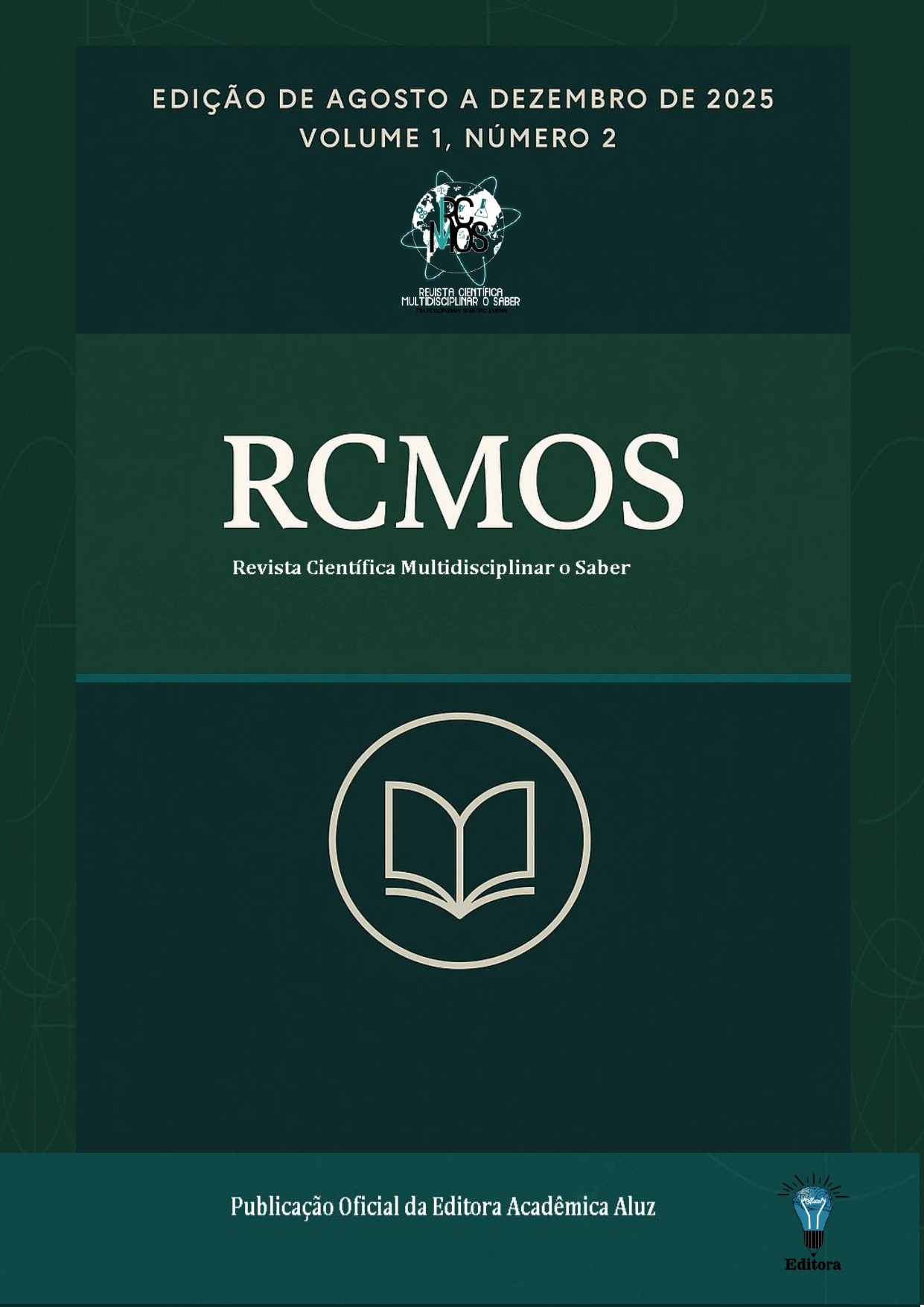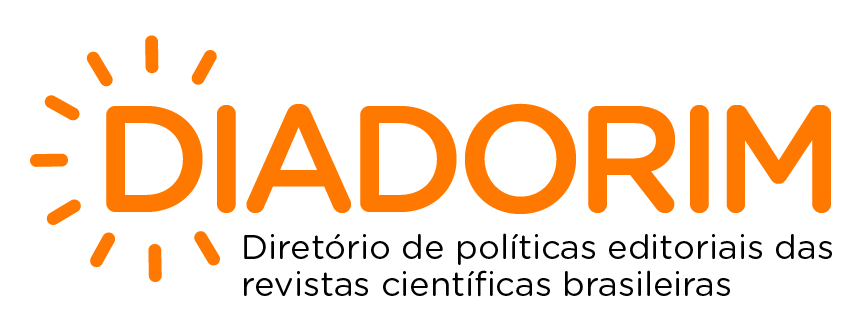In-person, hybrid or distance education: which modalities prevail in different countries?
In-person, hybrid or distance education: which modalities prevail in different countries?
DOI:
https://doi.org/10.51473/rcmos.v1i2.2025.1274Keywords:
Ensino híbrido. Educação a distância. Ensino presencial. Modalidades educacionais. Pós-pandemia.Abstract
The study analyzes the predominance, advantages, and challenges of face-to-face, hybrid, and distance learning modalities in higher education in the post-pandemic context, considering different national and international realities. The main objective was to understand how these modalities have consolidated, which factors drive or limit their adoption, and how they influence student preferences and institutional strategies. The research adopted a qualitative, descriptive approach, based on a bibliographic and documentary review, covering publications between 2020 and 2025 obtained from scientific databases and institutional reports. The analysis was structured around three axes: the global overview of the distribution of modalities, the consolidation of hybrid education as a trend, and the evaluation of preferences and challenges in higher education. The results indicated that, although face-to-face learning maintains high acceptance, especially due to social interaction and academic engagement, hybrid education has shown continuous growth, favored by technological advances, flexibility, and personalized learning. However, it was identified that the effective adoption of hybrid and distance learning depends on adequate infrastructure, access to digital resources, and teacher training. It was also found that the convergence between student preferences and institutional strategies is not uniform, as it is influenced by pedagogical, socioeconomic, and cultural aspects. The study concludes that the planned integration of modalities, supported by public policies for digital equity and investments in teacher training, enhances the quality and scope of education, contributing to the democratization of access and adaptation to the contemporary demands of higher education.
Downloads
References
AGÊNCIA DE NOTÍCIAS UNICEUB. Estudo mostra que 43% dos universitários preferem ensino presencial, 31% EaD e 26% híbrido. Brasília, 2024. Disponível em: https://www.uniceub.br/noticias/estudo-preferencias-modalidades. Acesso em: 5 ago. 2025.
APRIL ABA. E-Learning e online learning statistics: expansão de 900% desde 2000 e previsão de mercado superior a 370 bilhões de dólares até 2026. 2024. Disponível em: https://www.aprilaba.com/resources/e-learning-online-learning-statistics. Acesso em: 6 ago. 2025.
CALMU. Is online learning here to stay? Trends & insights for 2025. 2025. Disponível em: https://www.calmu.edu/is-online-learning-here-to-stay-trends-insights-for-2025. Acesso em: 4 ago. 2025.
CAO, W. et al. Effects of blended learning on student performance, attitude, and achievement: a meta-analysis. 2023. Disponível em: https://pmc.ncbi.nlm.nih.gov/articles/PMC10369798/. Acesso em: 5 ago. 2025.
EU-JER. Blended learning in higher education: bibliometric analysis and trends. European Journal of Educational Research, 2023. Disponível em: https://www.eu-jer.com/. Acesso em: 5 ago. 2025.
FINANCIAL TIMES. Business leaders return to face-to-face learning. Londres, 2025. Disponível em: https://www.ft.com/content/2b5d8f27-3982-41e2-8caa-9be04e0224ef. Acesso em: 4 ago. 2025.
GCHUMANRIGHTS. The future of hybrid learning: insights from Uruguay and Estonia. 2025. Disponível em: https://www.gchumanrights.org/preparedness/the-future-of-hybrid-learning-insights-from-uruguay-and-estonia/. Acesso em: 5 ago. 2025.
INTEGRATED POSTSECONDARY EDUCATION DATA SYSTEM. Fall 2020: profile of U.S. higher education online education. Washington, DC: National Center for Education Statistics, 2025. Disponível em: https://onedtech.philhillaa.com/p/fall-2020-ipeds-data-mid-pandemic-profile-of-us-higher-ed-online-education. Acesso em: 6 ago. 2025.
SCHEER-IMC. State of learning technologies 2024 report. 2024. Disponível em: https://www.scheer-imc.com/newsroom/news/key-insights-from-the-state-of-learning-technologies-2024-report/. Acesso em: 6 ago. 2025.
SCHMID, R. F. et al. A meta-analysis of online learning, blended learning, and the flipped classroom. 2023. DOI: https://doi.org/10.1016/j.caeo.2023.100142
THE GUARDIAN. Teaching to an empty hall: the changing face of universities. Londres, 2025. Disponível em: https://www.theguardian.com/australia-news/2025/feb/19/teaching-to-an-empty-hall-is-the-changing-face-of-universities-eroding-standards-of-learning. Acesso em: 9 ago. 2025.
YU, Z. Student satisfaction, performance, and engagement in online learning during COVID-19: a meta-analysis. 2022.
Downloads
Additional Files
Published
Issue
Section
Categories
License
Copyright (c) 2025 Frederico da Silva Cesário , José Ricardo Martins Machado (Autor)

This work is licensed under a Creative Commons Attribution 4.0 International License.
















